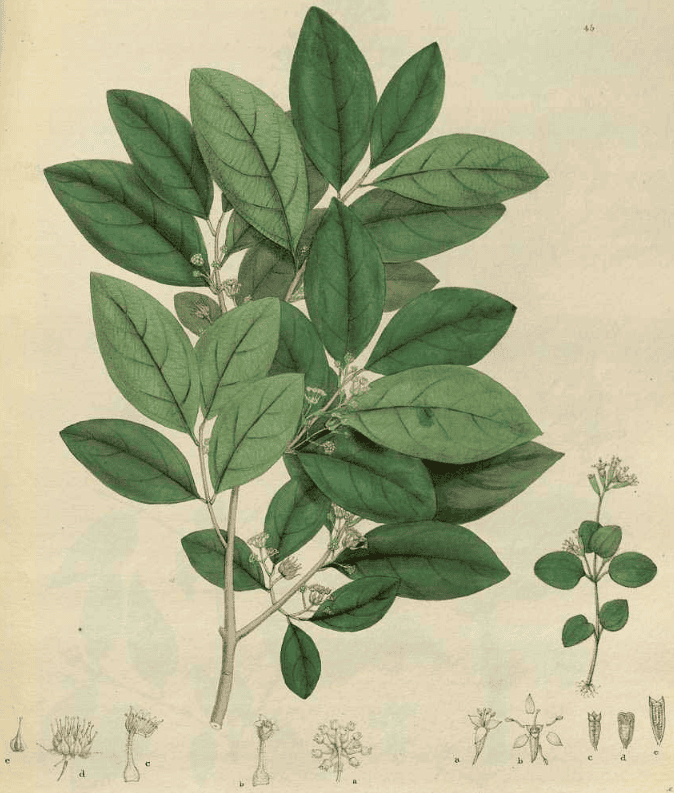Anogeissus, Dhava
Crane tree, Button treeDhava, Madhuravalka (Ayurveda)
Dhava, Samagh-e-Hindi (Gum), Gond Zanana (Gum) (Unani)
Vellaynaga (Siddha)
 Anogeissus latifolia
Anogeissus latifolia J.F. Royle, Illustrations of the botany and other branches of the natural history
of the Himalayan Mountains and of the flora of Cashmere, Plates (1839)
Botanical name:
Anogeissus latifolia
Parts used:
Heartwood; Stem-bark; Gum-resin; Fruit
Temperature & Taste:
Cool, dry. Pungent
Uses:
1. Clears Heat and Toxin:
-Blood disorders, Anemia
-obstinate skin diseases, Leprosy (stem-bark)
-Syphilis (fruit, stem-bark)
-Erysipelas (stem-bark)
-Scorpion sting and Snake bite
2. Clears Damp, Promotes Urine:
-Dysuria, Urinary tract infections (Fruit, stem-bark)
-Stones (Fruit, stem-bark)
-obstinate urinary diseases including Diabetes (Stem-bark)
-Diarrhea, Dysentery (stem-bark)
-Obesity (Fruit, stem-bark); taking the bark daily is said to decrease body weight
3. Externally:
-ash of the flower mixed with oil is applied to burns
GUM:
1. Strengthens the Kidneys:
-Senile diseases; Chronic Back pain
-tonic after Delivery; regarded as a special tonic for females in Unani.
-Seminal deficiency
-Dysuria and Leukorrhea from weakness
-Heartwood has also been used as an aphrodisiac and is rejuvenating
2. Substitute for Gum Arabic:
-used as a substitute for Gum Arabic
3. Externally:
-external preparations for obstinate skin diseases (Charaka, Sushruta)
Dose:
Decoction of the Stem-bark: 30–50mls
Powder of the Stem-bark: 2–5 grams
Powder of the Fruit: 5–10 grams
Powder of the Gum: 2–5 grams
Comment:
1. The Gum is used very similarly to Gum Arabic. In Unani, the former is used for females, while Gum Arabic is primarily used for males.
Preparation:
1. The Gum is fried to make it warmer and more stringent in Leukorrhea and leakages.
Main Combinations:
1. The gum is used with Catechu as an application (paste) to obstinate skin diseases and Erysipelas (Charaka)
Major Formulas:
Cautions:
None noted
